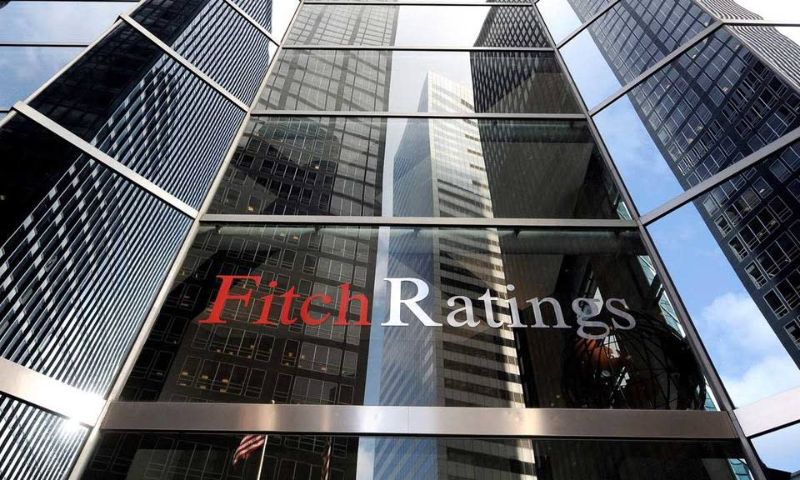Key points
- Economic recovery and improved credit rating benefit banks
- Lower rates boost private-sector lending
- Banks show solid earnings and asset quality
- Sovereign exposure and low margins remain challenges
ISLAMABAD: Pakistan’s banks are set to benefit from better opportunities to generate business volumes due to improving operating conditions amid receding macroeconomic headwinds, says Fitch Ratings.
This view is reinforced by Pakistan’s improved sovereign credit profile, as reflected in Fitch’s upgrade of Pakistan’s Long-Term Issuer Default Rating (IDR) to “B-“/Stable from “CCC+” in April 2025, underpinned by ongoing economic recovery, reforms and improving fiscal performance.
Pakistan’s economic recovery comes after a period of significant turmoil and high inflation. “We expect the country’s real GDP growth to accelerate to 3.5 per cent by 2027 from 2.5 per cent in 2024. Consumer price inflation eased to 4.1 per cent in July 2025 from its peak of 38 per cent in May 2023, and we expect it to average around 5 per cent in 2025. The halving of the policy rate since May 2024 to 11 per cent and a stabilising external position, evident in lower currency volatility and current account surpluses, should support this recovery,” says Fitch.
Private credit demand
Fitch expects the combination of lower interest rates and an improving macroeconomic environment to stimulate private credit demand, supporting steadier loan and deposit growth, and banks’ financial performance. Continued fiscal and economic reforms could enable banks to deploy more credit to the private sector, which reached a cyclical low of 9.7 per cent of GDP in 2024, and reduce banks’ dependence on public-sector lending.
Nevertheless, there are risks associated with Pakistan’s improving, albeit still weak, operating environment and its low sovereign credit rating. The banks’ intrinsic creditworthiness will likely remain closely linked to the sovereign and the pace of economic reform in the near term given their significant holdings of sovereign securities and loan exposures to state-linked entities.
Resilient financial performance
Pakistani banks have demonstrated resilient financial performance despite challenging conditions in recent years. The sector’s impaired loan ratio improved to 7.1 per cent by March 2025 from 7.6 per cent at end-2023, driven by strong loan growth of 26 per cent amid high inflation. “We expect the pace of further improvement to slow as loan growth decelerates, but asset-quality pressures should remain manageable as lower interest rates enhance borrowers’ repayment capacity,” says Fitch.
Return on average equity has also normalised to 20 per cent in 1Q25, from around 27 per cent in 2023, as net interest margins narrowed and operating costs were driven higher by inflation but offset by higher non-interest income. “We expect margin pressure to continue as interest rates adjust, but loan growth and treasury income should support the sector’s earnings,” says Fitch.
The system capital adequacy ratio continued to increase, to a decade-high of 21 per cent by March 2025, reflecting sound internal capital generation. The ratio could moderate if higher risk-weighted private-sector credit increases in the overall mix but will remain well above the 11.5 per cent regulatory minimum.
Credit strength
The sector’s funding and liquidity position and low balance-sheet leverage are a relative credit strength that enabled banks to withstand volatile funding conditions in 2023 and 2024. This stems from low loan-to-deposit ratios (38 per cent at end-June 2025), customer deposits making up 65 per cent of total funding, and low deposit dollarisation of about 7 per cent. “We expect these factors to remain supportive of the sector’s growth in the medium term,” says Fitch.
Most large Pakistani banks are well-positioned to navigate the transition to a more normalised operating environment of lower interest rates, although structural challenges persist. Banks that can diversify revenue streams while maintaining disciplined credit underwriting are likely to be better placed to benefit from Pakistan’s economic stabilisation while guarding against the risks of unforeseen shocks in the system.



























